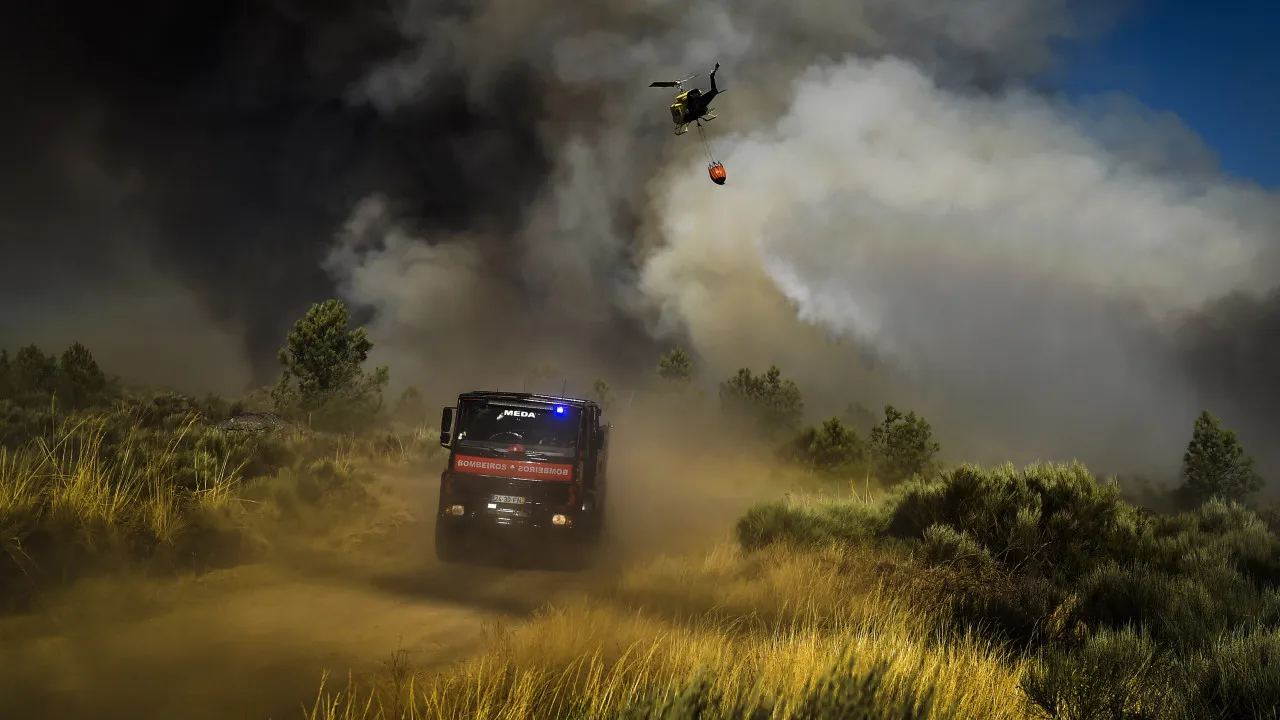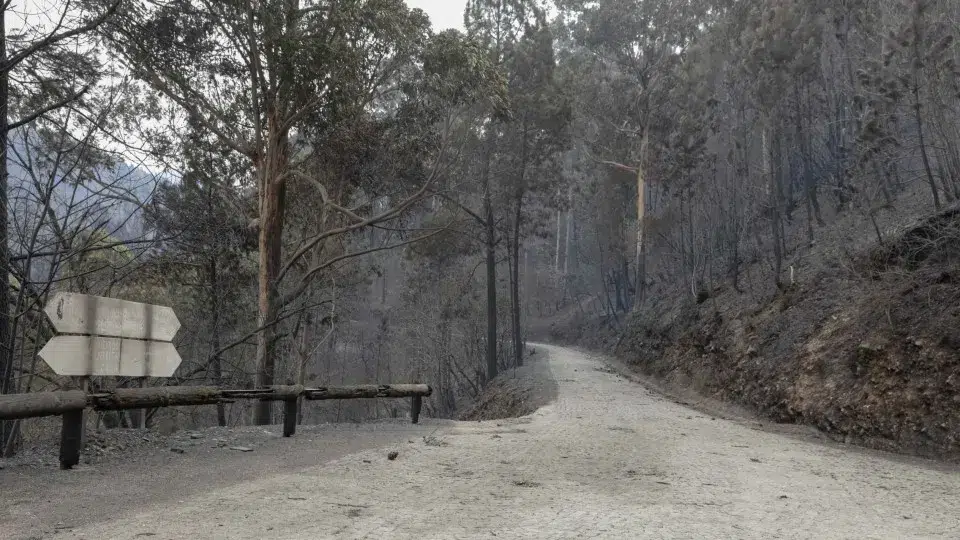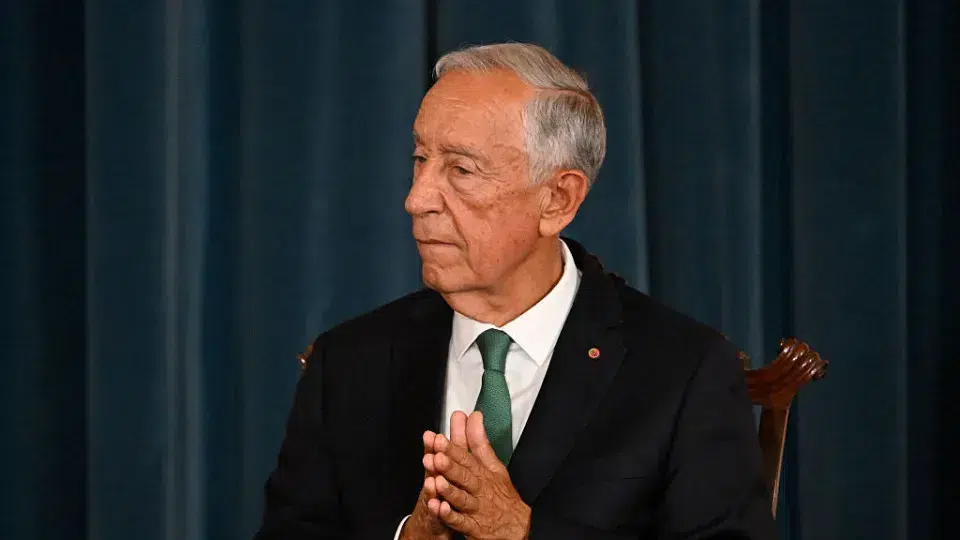
This deployment will be in place until June 30 and represents the second reinforcement of resources for the year, known as ‘level Charlie’.
During this period, 9,745 operatives will be available “continuously”, comprising 1,983 teams from various on-ground agencies and 2,048 vehicles, in addition to aerial resources, which will number a maximum of 76, according to the National Operational Directive (DON) that establishes the Special Device for Combating Rural Fires (DECIR).
Throughout the month, resources may increase if necessary, with the DECIR allowing for the mobilization within 24 hours of additional resources that could reach 13,243 personnel from 2,243 teams and 2,922 vehicles.
The 13,243 operatives from the 2,243 teams involved in DECIR throughout June include members primarily from voluntary firefighters, the Special Civil Protection Force, National Republican Guard military personnel, and elements of the Institute for Nature Conservation and Forests, namely forest and firefighter sappers.
The aerial resources planned for this phase will become available throughout June.
A sector source stated that currently, 65 of the 76 planned aerial resources are operational, with the remaining 11 awaiting documentation to operate.
Meanwhile, a source from the Portuguese Air Force indicated that 61 aerial resources are operational today, despite 65 being documented as ready to operate.
This year, the criteria for counting operatives involved in combating rural fires have changed, making a comparison with 2024 not feasible.
According to the National Authority for Emergency and Civil Protection, this year’s DON no longer integrates resources allocated to surveillance and detection, focusing solely on permanent, mobilizable, and active resources for firefighting.
Mobilizable resources (with a mobilization time of up to three hours) are now accounted for daily.
Firefighting resources will again be reinforced from July 1 until September 30 – ‘level delta’ -, which is considered the most critical phase for fires and demands the largest deployment. This year, there will be 15,024 operatives from 2,567 teams and 3,411 vehicles and 79 aerial resources available, seven more than last year.
Provisional data from the Institute for Nature Conservation and Forests (ICNF) indicate that approximately 1,224 fire incidents have occurred this year, burning around 4,220 hectares.




